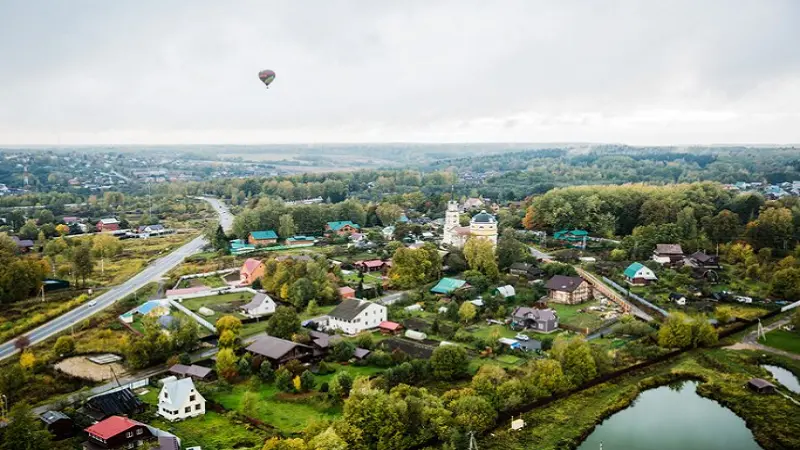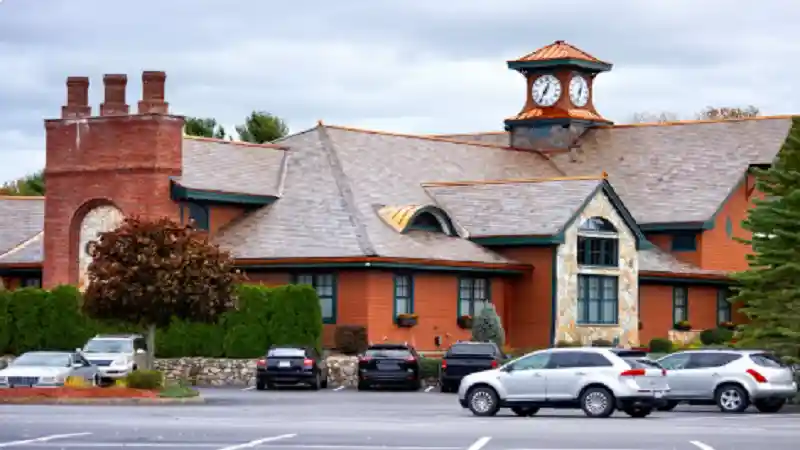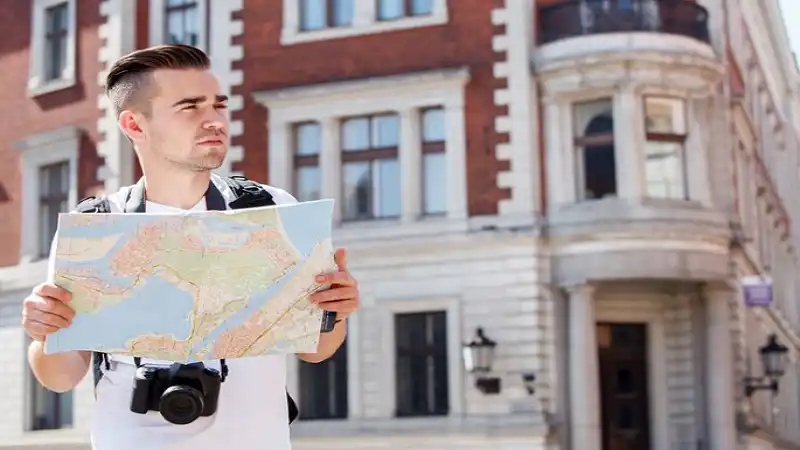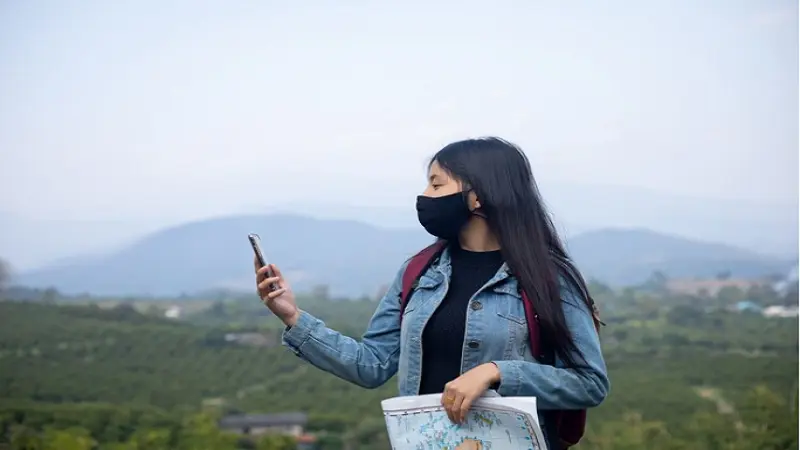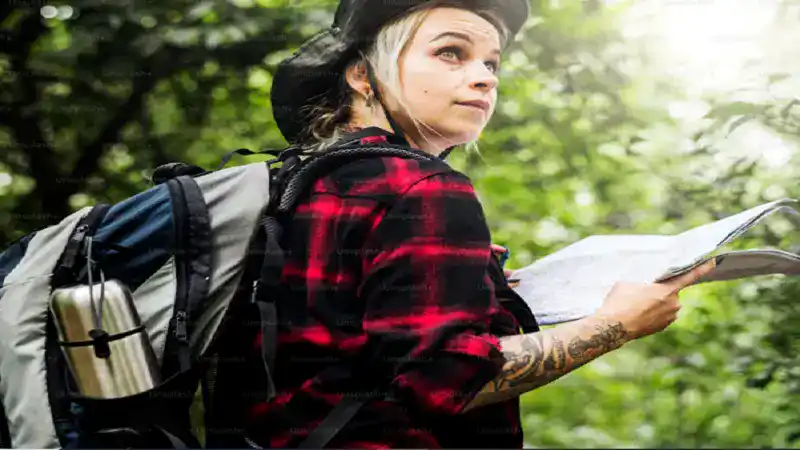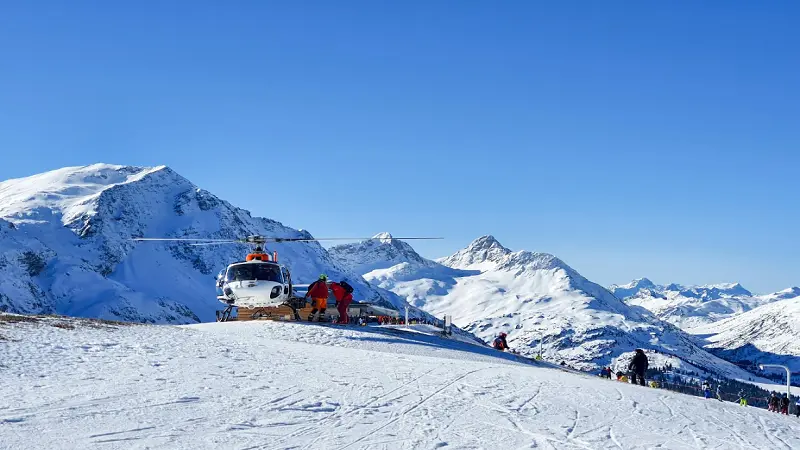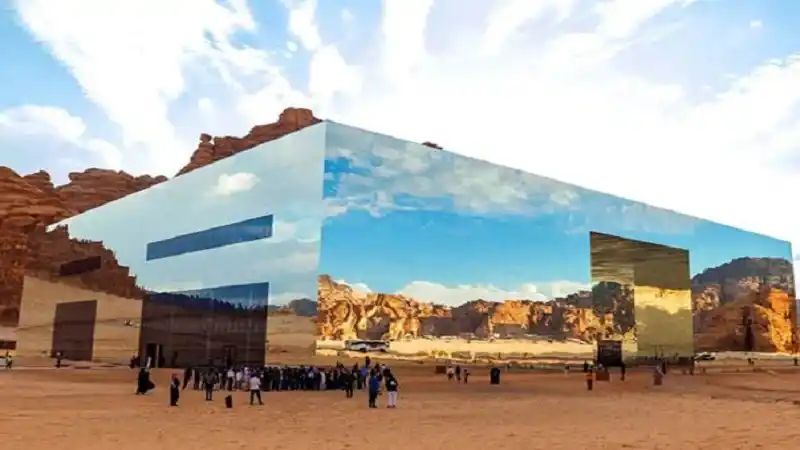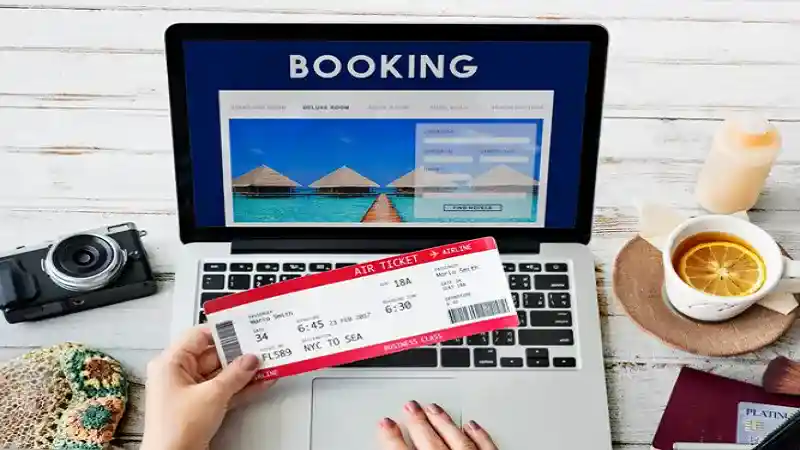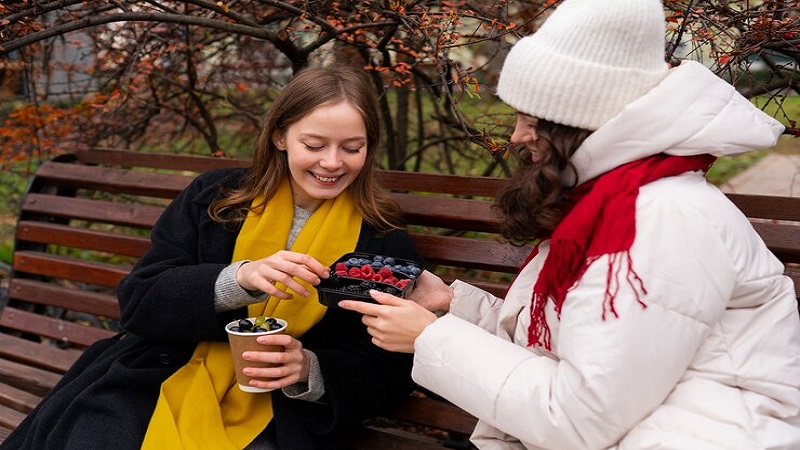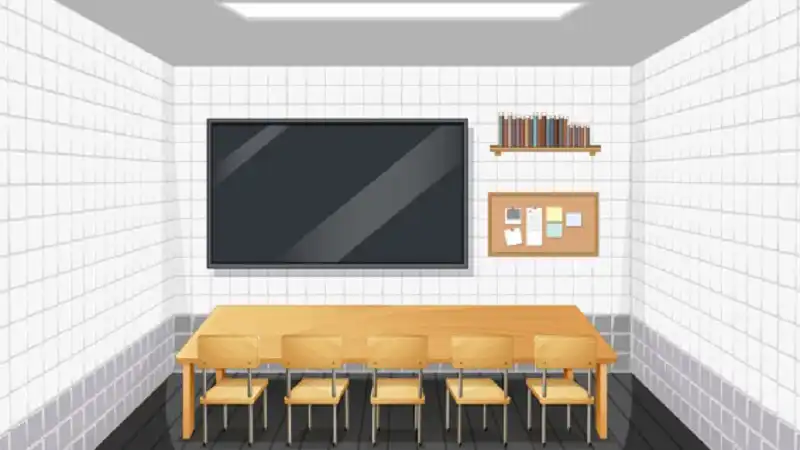Embarking on a journey to explore the homeland of Constantin Brancusi Homeland Hoogtepunten Privérondleiding Vanuit Boekarest, one of the most influential sculptors of the 20th century, offers an enriching experience. Romania, particularly Bucharest, serves as a gateway to understanding Brancusi’s artistic roots and cultural heritage. This private tour will guide you through the significant highlights, or “hoogtepunten,” of Brancusi’s homeland, ensuring an engaging and insightful exploration.
Introduction to Constantin Brancusi
Born in 1876 in the small village of Hobița, Romania, Constantin Brancusi Homeland Hoogtepunten Privérondleiding Vanuit Boekarest’s innovative approach to sculpture earned him a place among the pioneers of modernism. His works are celebrated for their elegance, simplicity, and profound expression of form and emotion. Brancusi’s journey from a rural Romanian village to becoming a leading figure in Parisian art circles is a testament to his talent and determination.
Setting the Stage in Bucharest
Your journey begins in Bucharest, Romania’s vibrant capital. Often referred to as “Little Paris” due to its eclectic architecture and cultural sophistication, Bucharest is the perfect starting point for exploring Brancusi Homeland Hoogtepunten Privérondleiding Vanuit Boekarest’s legacy. The city’s rich history and dynamic art scene provide a backdrop for understanding the cultural milieu that influenced Brancusi’s work.
Highlights of the Private Tour
1. The National Museum of Art of Romania
Located in the former Royal Palace, the National Museum of Art of Romania houses an impressive collection of Romanian and European art. The museum’s modern art gallery features a dedicated section to Brancusi Homeland Hoogtepunten Privérondleiding Vanuit Boekarest, showcasing some of his early works. Here, you can witness the evolution of Brancusi’s style from traditional craftsmanship to avant-garde abstraction.
2. The Romanian Athenaeum
A symbol of Romanian culture, the Romanian Athenaeum is an architectural gem and a hub for classical music and art. While not directly linked to Brancusi, the Athenaeum embodies the spirit of cultural excellence that pervaded Bucharest during Brancusi’s formative years. Attending a concert or event here provides a deeper appreciation for the artistic environment of early 20th-century Romania.
3. The Village Museum
The Dimitrie Gusti National Village Museum offers a fascinating glimpse into traditional Romanian rural life. This open-air museum, featuring authentic peasant houses and artifacts, helps contextualize Brancusi’s early life in Hobița. Understanding the rustic simplicity and profound connection to nature that characterized Brancusi’s upbringing sheds light on the organic forms and natural themes prevalent in his work.
4. Hobița – Brancusi’s Birthplace
A day trip from Bucharest to Hobița is essential for any Brancusi enthusiast. The village, nestled in the picturesque Gorj County, has remained relatively unchanged since Brancusi’s time. Visiting Brancusi’s family home, now a museum, offers an intimate look at the sculptor’s humble beginnings. The rural landscape and the simplicity of village life are palpable influences in Brancusi’s minimalist aesthetic.
In the Footsteps of Brancusi
1. Târgu Jiu and the Sculptural Ensemble
Traveling further into Gorj County, the town of Târgu Jiu is home to Brancusi Homeland Hoogtepunten Privérondleiding Vanuit Boekarest’s most significant public artworks. The Sculptural Ensemble of Constantin Brancusi, consisting of the Table of Silence, the Gate of the Kiss, and the Endless Column, stands as a monumental tribute to his genius. These works, created as a homage to Romanian heroes of World War I, reflect Brancusi’s mastery in blending form, symbolism, and spirituality.
- The Table of Silence: A circular stone table surrounded by twelve hourglass-shaped seats, symbolizing time and reflection.
- The Gate of the Kiss: An archway adorned with motifs of intertwined circles, representing unity and love.
- The Endless Column: A towering structure of repeating rhomboid modules, symbolizing the infinite nature of existence and the continuous cycle of life.
2. Craiova Art Museum
Located in the Oltenia region, the Craiova Art Museum holds a significant collection of Brancusi’s early works. The museum, housed in a stunning neo-baroque building, provides insight into Brancusi’s developmental years as an artist. Notable pieces include his early carvings and experimental sculptures, which showcase the progression towards his distinctive style.
A Personal Connection to Brancusi’s World
1. Interactive Workshops and Demonstrations
To deepen your connection to Brancusi Homeland Hoogtepunten Privérondleiding Vanuit Boekarests art, participating in interactive workshops and demonstrations can be incredibly enriching. Several art centers in Bucharest and surrounding areas offer sculpture workshops inspired by Brancusi’s techniques. Engaging in hands-on activities provides a tactile understanding of his creative process and his challenges in sculpting timeless masterpieces.
2. Guided Tours with Art Historians
Opting for guided tours led by knowledgeable art historians ensures a comprehensive understanding of Brancusi Homeland Hoogtepunten Privérondleiding Vanuit Boekarest’s impact on modern art. These experts offer valuable insights into Brancusi’s philosophy, artistic influences, and the cultural context of his time. Their narratives bring Brancusi’s journey to life, making the tour educational and inspiring.
Concluding the Journey
Exploring Brancusi Homeland Hoogtepunten Privérondleiding Vanuit Boekarest’s homeland is a profound experience that offers a deeper appreciation for his artistic legacy. From the bustling streets of Bucharest to the serene landscapes of Gorj County, every aspect of the journey provides a unique perspective on the life and work of Constantin Brancusi. This private tour, highlighting his homeland’s significant milestones and cultural influences, ensures an engaging and unforgettable exploration for art enthusiasts and cultural travelers alike.
